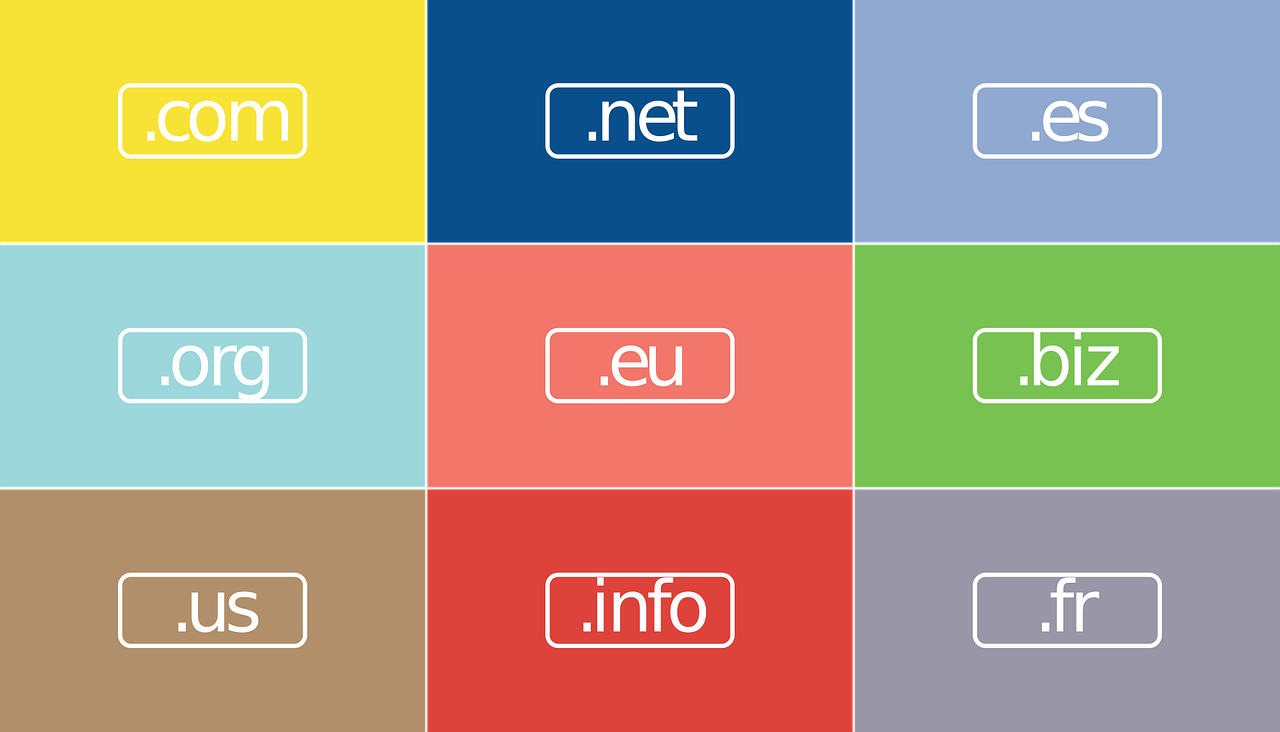If you are a website owner, it is essential that you know one thing or two about SEO. In fact, having a site that is well-placed can be considered one of the main factors that determine how many visitors you attract. Therefore, you need to have some tips that will help your website to rank on the first page of search engine results.
Domain name:
Let us discuss the simple things first. We will use as an example the domain http://www.business.com. In this case, “.com” is the top-level domain. This is a suffix, and it always appears at the end of a domain. Usually “.com” is the most common choice, but you will also find others such as “.org”, “.gov”, etc.
The actual domain name is “business. It is unique and it will also be used for search results. The top-level domain and the domain name form together with the root domain. They represent a complete web address.
Subdomains are placed in front of the root domain in our example we used “www.”, but you will also see other subdomains such as “blog.”. Finally, the protocol helps with the internet function and its role is to enable to the connection. Here, our protocol is “http”.
Choosing a domain name:
It is vital that you choose a good domain name because it will add to your brand reputation and you must make sure that it will show up amongst the first search results. Your domain name should also be easy to comprehend by people, but you should keep search engine algorithms in mind as well. There are a couple of tips that can help you with that.
It is important that you keep things simple so that the domain name will be memorable for your visitors. If you can, try to avoid numbers, as it might be more difficult for customers to find you. You should also make sure that there are no misspellings. Even misspelling on purpose might be a bad idea because it makes things confusing. Make sure that you are not choosing that visitors will find difficult to comprehend.
You should also make sure that your domain name is not too long, as no one is willing to type a long URL. Additionally, the name should be related to the content of the website in a way. Customers will be able to associate your domain with the business in an easier manner.
Using keywords:
Keywords are always important when it comes to SEO. However, nowadays you can’t just build your domain around certain successful keywords. Google’s algorithms have been improved, so you’ll need to be smarter too. You should do a bit of keyword research first, and then make sure that no one else uses your idea. The keywords that you choose will help your domain to rank organically.
Buy a domain:
For some people, doing all this work can be a dreadful task. If you are one of those persons, worry not. You can also buy highly ranked SEO domains. You can choose between different packages and each ones comes with a different number of domain names.
Read Also:






















